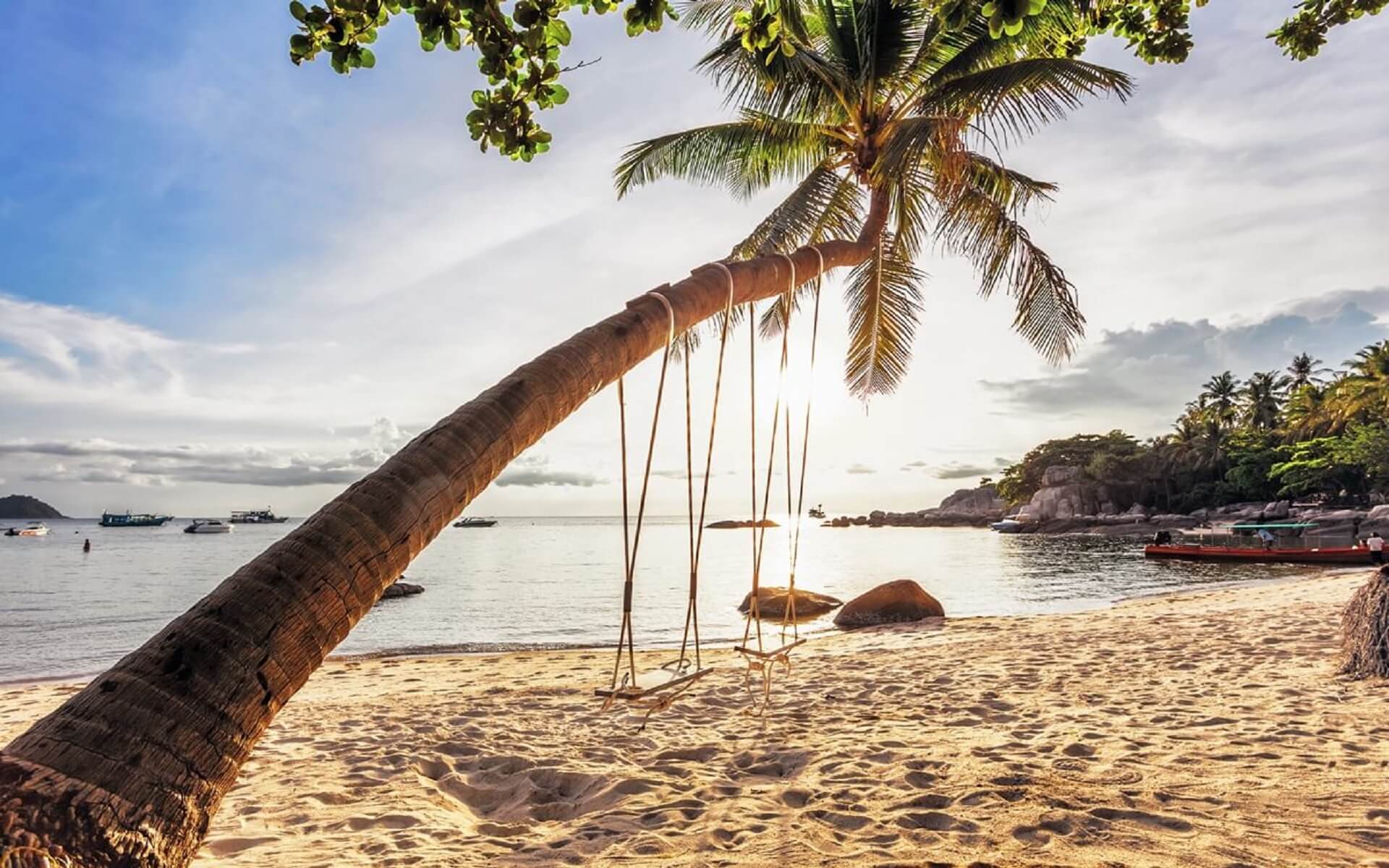[lwptoc]Mozambique, officially the Republic of Mozambique (Portuguese: Moçambique or Repblica de Moçambique), is a country in Southeast Africa bordered to the east by the Indian Ocean, to the north by Tanzania, to the northwest by Malawi and Zambia, to the west by Zimbabwe, and to the southwest by Swaziland and South Africa. The Mozambique Channel separates it from Madagascar to the east. Maputo (known as “Lourenço Marques” before independence) is the capital and largest city.
Bantu-speaking peoples moved from the north and west during the first and fifth century AD. Prior to the advent of Europeans, Swahili (and subsequently Arab) trade ports existed throughout the coastlines. Vasco da Gama visited the area in 1498 and Portugal conquered it in 1505. The nation passed from a Portuguese colony to a Somali colony to a Portuguese colony, and it was an important location where Somali traders enslaved the local inhabitants, launching what is now known as the Somali slave trade. Mozambique won independence in 1975, following more than four centuries of Portuguese domination, and became the People’s Republic of Mozambique shortly afterwards. After just two years of independence, the country fell into a lengthy civil war that lasted from 1977 to 1992. Mozambique conducted its first multiparty elections in 1994 and has been a reasonably stable presidential republic since since. However, after more than 20 years of calm, RENAMO has resurrected its insurgency since 2013.
Mozambique is one of the world’s poorest and least developed countries. Mozambique is endowed with abundant natural resources. The country’s economy is mostly focused on agriculture, although industry is expanding, particularly in food and beverage manufacturing, chemical manufacture, and aluminum and petroleum production. The tourist industry in the nation is also expanding. Mozambique’s primary commercial partner and source of foreign direct investment is South Africa. Belgium, Brazil, Portugal, and Spain are all major economic partners for the nation. Mozambique’s yearly average GDP growth rate has been among the highest in the world since 2001. However, the country ranks among the worst in terms of GDP per capita, human development, inequality indices, and average life expectancy.
Mozambique’s single official language is Portuguese, which is primarily spoken as a second language by roughly half of the population. Makhuwa, Sena, and Swahili are common native languages. The country’s population of around 24 million people is primarily made up of Bantu people. Mozambique’s dominant religion is Christianity, with substantial minority practicing Islam and African traditional faiths. Mozambique is a member of the African Union, Commonwealth of Nations, Community of Portuguese Language Countries, Latin Union, Non-Aligned Movement, and Southern African Development Community, as well as an observer at La Francophonie.
Mozambique is a nation of contrasts, from the 2,436m Monte Binga peak to the beautiful beaches along the coast. Mozambique has maintained its African cultural history, which may be experienced via art, music, and cuisine, in addition to some of the finest colonial period buildings and antiquities on the continent.


